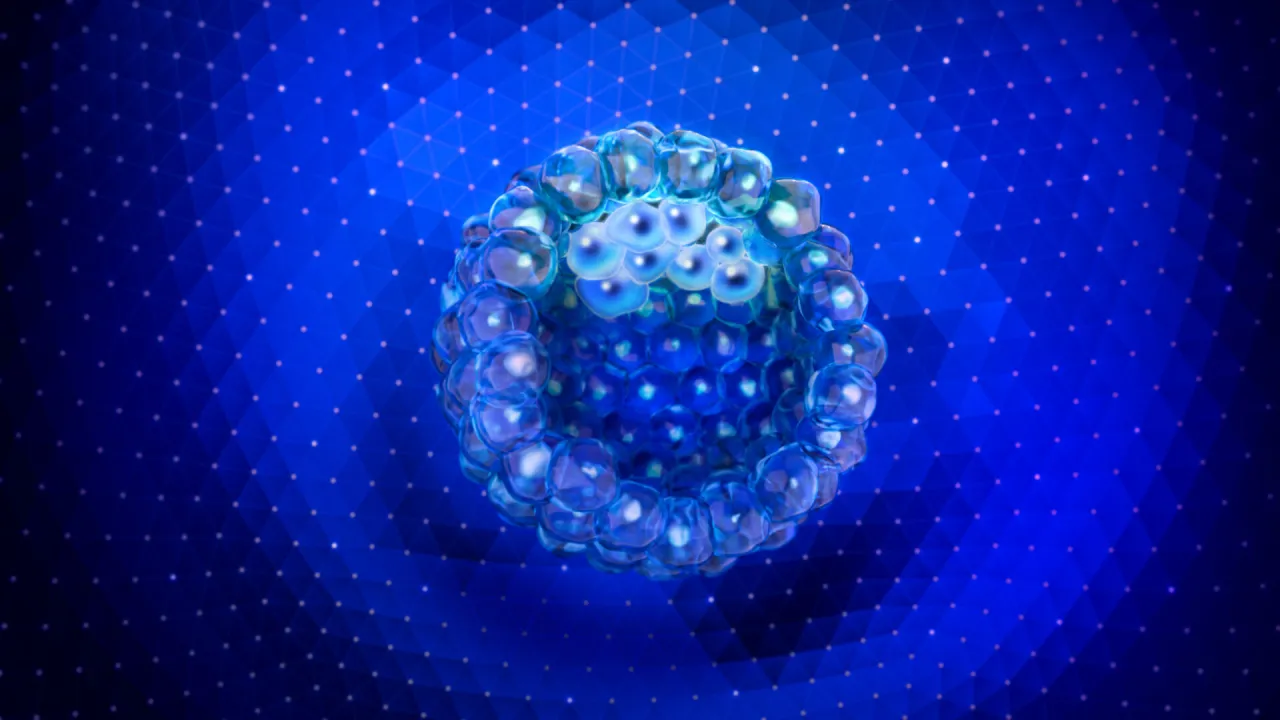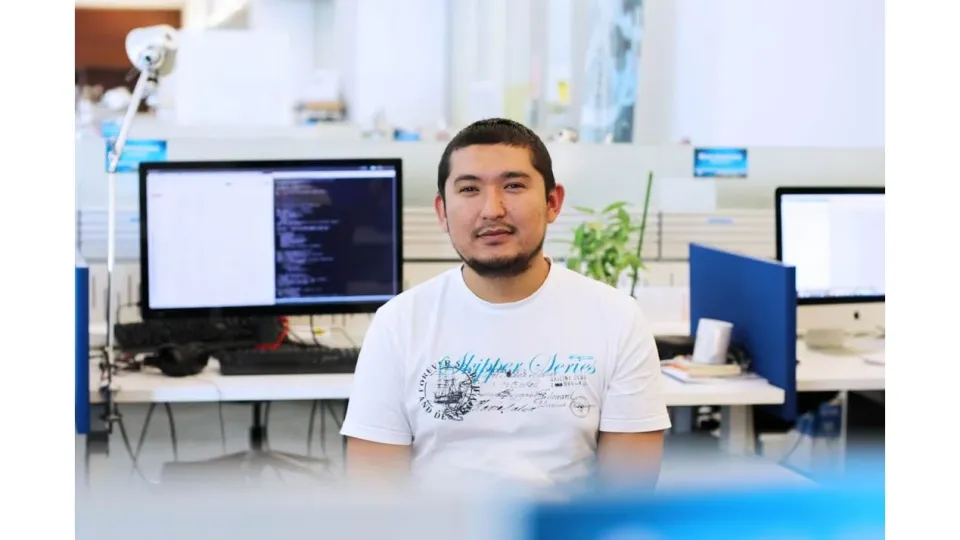
AI speeds up human embryo model research
Deep-learning tool outperforms human experts at classifying lab-grown embryo-like structures, enabling advances in developmental biology and drug discovery.
About
A new machine-learning tool that classifies lab-grown embryo models with exceptional speed and accuracy offers a solution to one of the most pressing problems in developmental biology: how to reliably analyze vast numbers of stem-cell–derived structures known as blastoids, that mimic early human embryos, without relying on slow and subjective human inspection.
The KAUST-developed system, known as deepBlastoid, uses deep learning to sort these structures by morphology in a fraction of the time it would take trained embryologists, with performance that rivals, even surpasses, expert judgment[1]. In benchmark testing, it proved highly adept at classifying early developmental structures, opening new possibilities for high-throughput profiling and uncovering subtle biological effects that might otherwise be missed.
“AI tools like deepBlastoid could reshape how we study the earliest stages of life,” says Zejun Fan, a Ph.D. student who helped develop the tool. “They enable researchers to run larger, more complex experiments, screen new drugs more efficiently, and study rare developmental events with greater precision. This could accelerate discoveries in infertility treatment, toxicology, and synthetic embryo modeling.”
To build deepBlastoid, the team — led by stem-cell biologist Mo Li and computer scientist Peter Wonka — trained an AI tool to recognize patterns in around 1,800 microscope images of blastoids. Each image had been sorted by experts into one of five categories corresponding to the quality of the blastoids; these ranged from well-formed structures with clear inner cell clusters and fluid-filled cavities, to misshapen ones and empty wells.
Read the full story on KAUST Discovery.

